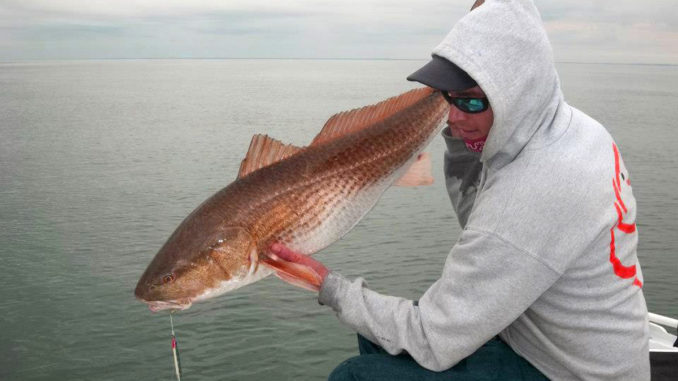
If there is one downside to fishing the South Edisto River, it’s the fact that it isn’t the cleanest water along South Carolina’s coast.
The river’s headwaters are many miles inland, and it is one of the longest blackwater rivers in the world, so the river is still stained when it reaches the coast. On days when the wind blows or if there is a lot of cloud cover, finding reds, even big schools of them in shallow water, proves difficult.
When guide Colt Harrison is forced to search blindly for reds he switches to a Johnson Silver Minnow as a search bait to cover water quickly.
Keeping your boat on the edge of a flat and making a long cast toward the bank is a great way to locate unseen reds. Spacing each cast no more than 15 feet apart is important because a school of 20 reds may only be in a 100-square foot area when the water has cooled off.
To give sluggish fish a chance to strike, Harrison uses a slow steady, retrieve. Often, cold reds will not chase down a meal, and a fast-moving lure may not even draw any reaction from a fish.
Methodically working a flat, patient anglers often are the most successful when conditions are not perfect. Some fishermen slow down and change up when they locate a school.
“Once I am on them, I will switch over to a fly immediately, unless I am after numbers — then I’ll feed them fresh crabs.”
Guide Steve Fralin doesn’t change tactics when visibility is diminished; he sticks with what works at other times.
“When the water is dirty, I fish bait like I normally do, maybe a little bit slower, but I hit the same spots and catch fish,” he said. “I have had the same spots produce reds one day, sheepshead the next and even black drum on another.”
If there is a lesson, it is to not allow less-than- perfect conditions to keep you off the water.




Be the first to comment